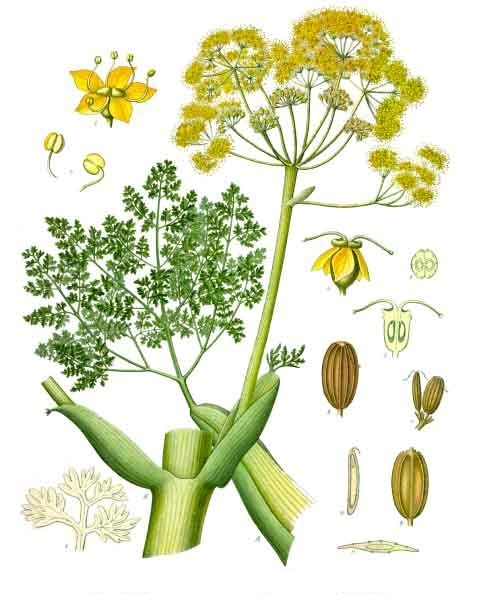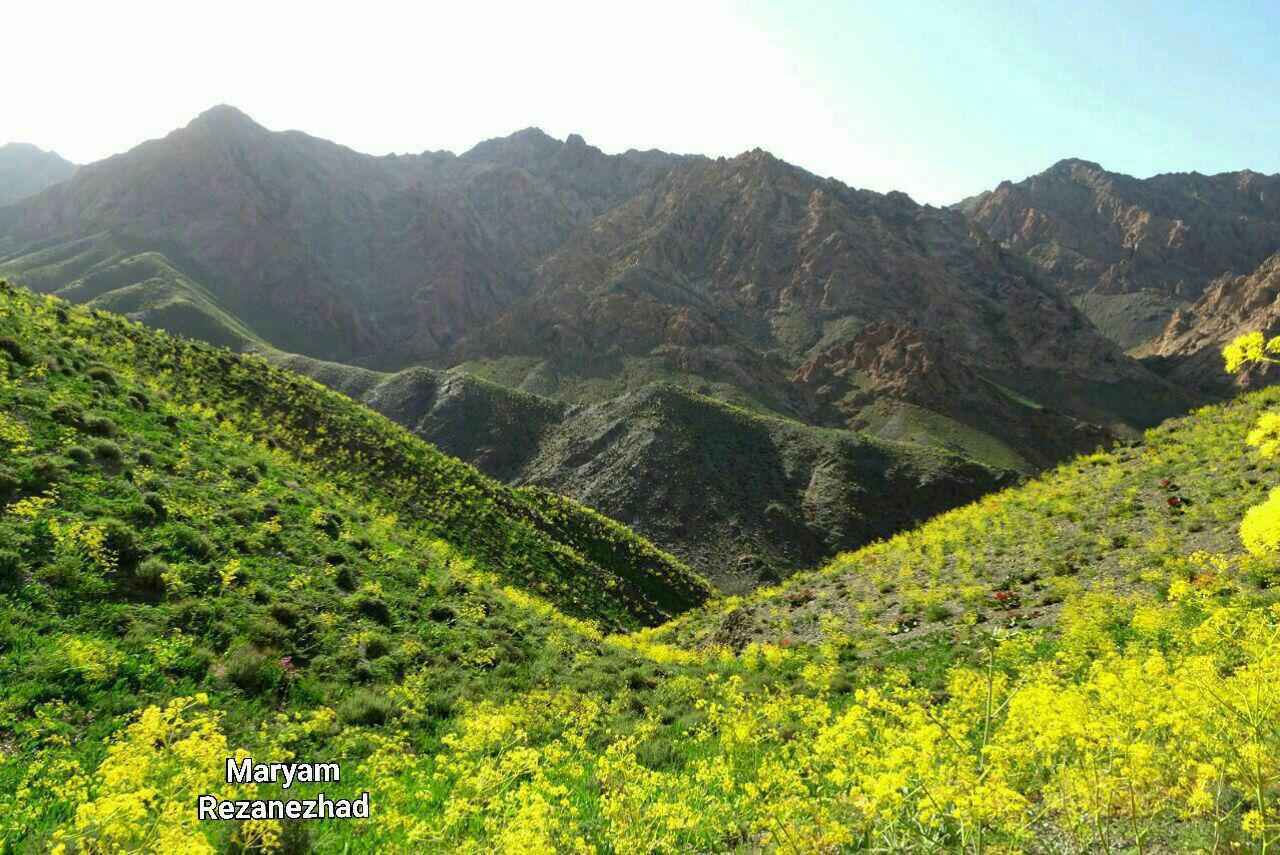|
Galbanum
Galbanum is an aromatic gum resin and a product of certain umbelliferous Persian plant species in the genus ''Ferula'', chiefly ''Ferula gummosa'' (synonym ''F. galbaniflua'') and ''Ferula rubricaulis''. Galbanum-yielding plants grow plentifully on the slopes of the mountain ranges of northern Iran. It occurs usually in hard or soft, irregular, more or less translucent and shining lumps, or occasionally in separate tears, of a light-brown, yellowish or greenish-yellow colour. Galbanum has a disagreeable, bitter taste, a peculiar, a somewhat musky odour, and an intense green scent. With a specific gravity of 1.212, it contains about 8% terpenes; about 65% of a resin which contains sulfur; about 20% gum; and a very small quantity of the colorless crystalline substance umbelliferone. It also contains α-pinene, β-pinene, limonene, cadinene, 3-carene, and ocimene. Uses Biblical use In the Book of Exodus 30:34, it is mentioned as being used in the making of the ''Ketoret'' wh ... [...More Info...] [...Related Items...] OR: [Wikipedia] [Google] [Baidu] |
Incense Offering In Rabbinic Literature
The incense offering ( he, קְטֹרֶת ketoret), a blend of aromatic substances that exhale perfume during combustion, usually consisting of spices and gums burnt as an act of worship, occupied a prominent position in the sacrificial legislation of the ancient Hebrews. The correct blend of sweet spices and of aromatic condiments used in making the incense offering was a carefully guarded secret at the time of its offering, fully known only by the compounders of the incense offering so as to prevent its replication in the worship of foreign gods. The priests of the House of Avtinas who were charged with preparing the incense during the Second Temple period kept the technique and exact proportions secret, for which they were censured by the rabbis. Today, what is known of the incense offering has been carefully gleaned from Jewish oral traditions, albeit, various conflicting opinions in Jewish classical writings have also filtered down as to its proper make-up. Modern scientific ... [...More Info...] [...Related Items...] OR: [Wikipedia] [Google] [Baidu] |
Ferula Gummosa - Köhler–s Medizinal-Pflanzen-205
''Ferula'' (from Latin ''ferula'', 'rod') is a genus of about 220 species of flowering plants in the family Apiaceae, native to the Mediterranean region east to central Asia, mostly growing in arid climates. They are herbaceous perennial plants growing to 1–4 m tall, with stout, hollow, somewhat succulent stems. The leaves are tripinnate or even more finely divided, with a stout basal sheath clasping the stem. The flowers are usually yellow, rarely white, produced in large umbels. Many plants of this genus, especially '' F. communis'', are referred to as "giant fennel," although they are not fennel in the strict sense. Selected species The Roman spice laser or laserpicium probably came from a species of ''Ferula'', either an extinct one or ''Ferula tingitana'', though other identities have been suggested. Uses The gummy resin of many species of ''Ferula'' is used for various purposes: :''Ferula foetida'', ''Ferula assa-foetida'' and some other species are ... [...More Info...] [...Related Items...] OR: [Wikipedia] [Google] [Baidu] |
Apiaceae
Apiaceae or Umbelliferae is a family of mostly aromatic flowering plants named after the type genus '' Apium'' and commonly known as the celery, carrot or parsley family, or simply as umbellifers. It is the 16th-largest family of flowering plants, with more than 3,700 species in 434 generaStevens, P.F. (2001 onwards)Angiosperm Phylogeny Website Version 9, June 2008. including such well-known and economically important plants as ajwain, angelica, anise, asafoetida, caraway, carrot, celery, chervil, coriander, cumin, dill, fennel, lovage, cow parsley, parsley, parsnip and sea holly, as well as silphium, a plant whose identity is unclear and which may be extinct. The family Apiaceae includes a significant number of phototoxic species, such as giant hogweed, and a smaller number of highly poisonous species, such as poison hemlock, water hemlock, spotted cowbane, fool's parsley, and various species of water dropwort. Description Most Apiaceae are annual, biennial ... [...More Info...] [...Related Items...] OR: [Wikipedia] [Google] [Baidu] |
Ferula
''Ferula'' (from Latin ''ferula'', 'rod') is a genus of about 220 species of flowering plants in the family Apiaceae, native to the Mediterranean region east to central Asia, mostly growing in arid climates. They are herbaceous perennial plants growing to 1–4 m tall, with stout, hollow, somewhat succulent stems. The leaves are tripinnate or even more finely divided, with a stout basal sheath clasping the stem. The flowers are usually yellow, rarely white, produced in large umbels. Many plants of this genus, especially '' F. communis'', are referred to as "giant fennel," although they are not fennel in the strict sense. Selected species The Roman spice laser or laserpicium probably came from a species of ''Ferula'', either an extinct one or ''Ferula tingitana'', though other identities have been suggested. Uses The gummy resin of many species of ''Ferula'' is used for various purposes: :''Ferula foetida'', '' Ferula assa-foetida'' and some other species are u ... [...More Info...] [...Related Items...] OR: [Wikipedia] [Google] [Baidu] |
Ferula Rubricaulis
''Ferula'' (from Latin ''ferula'', 'rod') is a genus of about 220 species of flowering plants in the family Apiaceae, native to the Mediterranean region east to central Asia, mostly growing in arid climates. They are herbaceous perennial plants growing to 1–4 m tall, with stout, hollow, somewhat succulent stems. The leaf, leaves are tripinnate or even more finely divided, with a stout basal Leaf sheath, sheath clasping the stem. The flowers are usually yellow, rarely white, produced in large umbels. Many plants of this genus, especially ''Ferula communis, F. communis'', are referred to as "giant fennel," although they are not fennel in the strict sense. Selected species The Roman spice Silphium (antiquity), laser or laserpicium probably came from a species of ''Ferula'', either an extinct one or ''Ferula tingitana'', though other identities have been suggested. Uses The natural gum, gummy resin of many species of ''Ferula'' is used for various purposes: :''Feru ... [...More Info...] [...Related Items...] OR: [Wikipedia] [Google] [Baidu] |
Resin
In polymer chemistry and materials science, resin is a solid or highly viscous substance of plant or synthetic origin that is typically convertible into polymers. Resins are usually mixtures of organic compounds. This article focuses on naturally occurring resins. Plants secrete resins for their protective benefits in response to injury. The resin protects the plant from insects and pathogens. Resins confound a wide range of herbivores, insects, and pathogens, while the volatile phenolic compounds may attract benefactors such as parasitoids or predators of the herbivores that attack the plant. Composition Most plant resins are composed of terpenes. Specific components are alpha-pinene, beta-pinene, delta-3 carene, and sabinene, the monocyclic terpenes limonene and terpinolene, and smaller amounts of the tricyclic sesquiterpenes, longifolene, caryophyllene, and delta-cadinene. Some resins also contain a high proportion of resin acids. Rosins on the other hand are ... [...More Info...] [...Related Items...] OR: [Wikipedia] [Google] [Baidu] |
Ferula Gummosa
''Ferula gummosa'' is a perennial herb of '' Ferula'' in the family Apiaceae. It is native to Iran and Turkmenistan. Its gum resin is called galbanum Galbanum is an aromatic gum resin and a product of certain umbelliferous Persian plant species in the genus ''Ferula'', chiefly ''Ferula gummosa'' (synonym ''F. galbaniflua'') and ''Ferula rubricaulis''. Galbanum-yielding plants grow plentifull .... References gummosa {{Apiaceae-stub ... [...More Info...] [...Related Items...] OR: [Wikipedia] [Google] [Baidu] |
Incense
Incense is aromatic biotic material that releases fragrant smoke when burnt. The term is used for either the material or the aroma. Incense is used for aesthetic reasons, religious worship, aromatherapy, meditation, and ceremony. It may also be used as a simple deodorant or insect repellent. Incense is composed of aromatic plant materials, often combined with essential oils. The forms taken by incense differ with the underlying culture, and have changed with advances in technology and increasing number of uses. Incense can generally be separated into two main types: "indirect-burning" and "direct-burning". Indirect-burning incense (or "non-combustible incense") is not capable of burning on its own, and requires a separate heat source. Direct-burning incense (or "combustible incense") is lit directly by a flame and then fanned or blown out, leaving a glowing ember that smoulders and releases a smoky fragrance. Direct-burning incense is either a paste formed around a bamboo s ... [...More Info...] [...Related Items...] OR: [Wikipedia] [Google] [Baidu] |
Tabernacle
According to the Hebrew Bible, the tabernacle ( he, מִשְׁכַּן, mīškān, residence, dwelling place), also known as the Tent of the Congregation ( he, link=no, אֹהֶל מוֹעֵד, ’ōhel mō‘ēḏ, also Tent of Meeting, etc.), was the portable earthly dwelling place of Yahweh (the God of Israel) used by the Israelites from the Exodus until the conquest of Canaan. Moses was instructed at Mount Sinai to construct and transport the tabernacle with the Israelites on their journey through the wilderness and their subsequent conquest of the Promised Land. After 440 years, Solomon's Temple in Jerusalem superseded it as the dwelling-place of God. The main source describing the tabernacle is the biblical Book of Exodus, specifically Exodus 25–31 and 35–40. Those passages describe an inner sanctuary, the Holy of Holies, created by the veil suspended by four pillars. This sanctuary contained the Ark of the Covenant, with its cherubim-covered mercy seat. A ... [...More Info...] [...Related Items...] OR: [Wikipedia] [Google] [Baidu] |
Hebrew Bible
The Hebrew Bible or Tanakh (;"Tanach" '' Random House Webster's Unabridged Dictionary''. Hebrew: ''Tānāḵh''), also known in Hebrew as Miqra (; Hebrew: ''Mīqrā''), is the canonical collection of Hebrew scriptures, including the Torah, the [...More Info...] [...Related Items...] OR: [Wikipedia] [Google] [Baidu] |
Talmud
The Talmud (; he, , Talmūḏ) is the central text of Rabbinic Judaism and the primary source of Jewish religious law ('' halakha'') and Jewish theology. Until the advent of modernity, in nearly all Jewish communities, the Talmud was the centerpiece of Jewish cultural life and was foundational to "all Jewish thought and aspirations", serving also as "the guide for the daily life" of Jews. The term ''Talmud'' normally refers to the collection of writings named specifically the Babylonian Talmud (), although there is also an earlier collection known as the Jerusalem Talmud (). It may also traditionally be called (), a Hebrew abbreviation of , or the "six orders" of the Mishnah. The Talmud has two components: the Mishnah (, 200 CE), a written compendium of the Oral Torah; and the Gemara (, 500 CE), an elucidation of the Mishnah and related Tannaitic writings that often ventures onto other subjects and expounds broadly on the Hebrew Bible. The term "Talmud" may ref ... [...More Info...] [...Related Items...] OR: [Wikipedia] [Google] [Baidu] |
Jerusalem
Jerusalem (; he, יְרוּשָׁלַיִם ; ar, القُدس ) (combining the Biblical and common usage Arabic names); grc, Ἱερουσαλήμ/Ἰεροσόλυμα, Hierousalḗm/Hierosóluma; hy, Երուսաղեմ, Erusałēm. is a city in Western Asia. Situated on a plateau in the Judaean Mountains between the Mediterranean Sea, Mediterranean and the Dead Sea, it is one of the List of oldest continuously inhabited cities, oldest cities in the world and is considered to be a holy city for the three major Abrahamic religions: Judaism, Christianity, and Islam. Both Israelis and Palestinians claim Jerusalem as their Capital city, capital, as Israel maintains its primary governmental institutions there and the State of Palestine ultimately foresees it as its seat of power. Because of this dispute, Status of Jerusalem, neither claim is widely recognized internationally. Throughout History of Jerusalem, its long history, Jerusalem has been destroyed at least twice, Sie ... [...More Info...] [...Related Items...] OR: [Wikipedia] [Google] [Baidu] |



.jpg)

_(14781191601).jpg)

